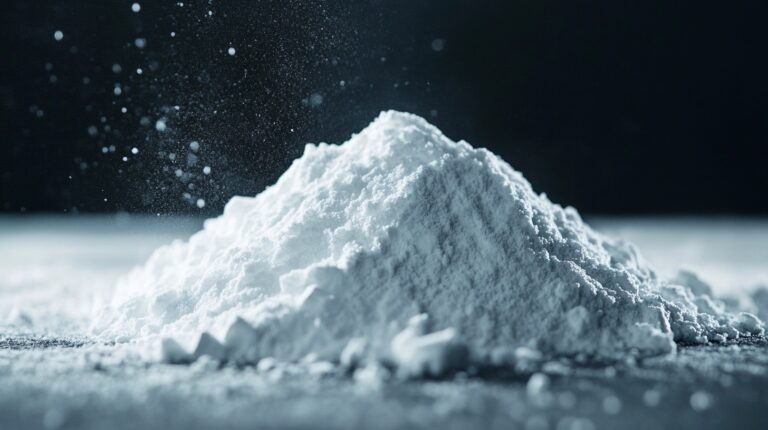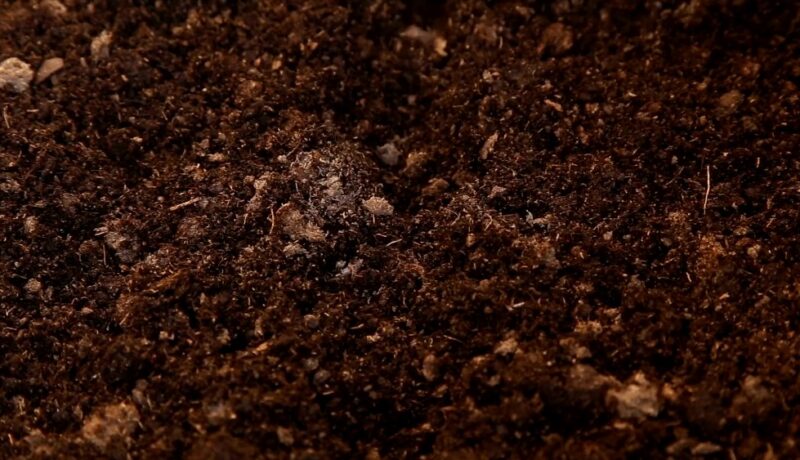Soil pH plays a crucial role in plant health, directly impacting nutrient availability and overall growth.
Understanding and managing soil pH is essential for cultivating a healthy garden, particularly for plants that thrive in more acidic conditions.
One of the natural methods to lower pH is using peat moss, a widely available amendment that not only helps adjust pH levels but also improves structure.
We’ll explore how peat moss can be effectively used to lower soil pH, along with practical guidelines and considerations.
How Peat Moss Lowers Soil pH
Peat moss, particularly Canadian sphagnum peat moss, is known for its highly acidic nature, with a pH ranging between 3.0 and 4.0.
These acids help lower the overall pH, making the soil more acidic and suitable for plants that require such conditions.
The process of lowering soil pH with peat moss is gradual and gentle, making it an excellent option for gardeners looking to make incremental changes without the risk of shocking their plants.
As peat moss breaks down, it not only contributes to acidifying the soil but also improves its structure by increasing its ability to retain moisture and nutrients.
This dual benefit makes peat moss a valuable tool in managing health, particularly in gardens where both pH and texture need improvement.
While peat moss is effective in lowering soil pH, it’s important to note that its impact is not permanent.
Over time, the organic acids from the peat moss will dissipate, and it may gradually return to its original pH.
Therefore, ongoing maintenance and monitoring are necessary to sustain the desired pH levels.
Why Lowering Soil pH May Be Necessary

High soil pH, or alkaline soil, is a common issue in many regions, particularly in areas with limestone bedrock or where groundwater is rich in calcium and magnesium.
This alkalinity can lead to nutrient deficiencies, making it difficult for plants to absorb essential elements like:
- Iron
- Manganese
- Phosphorus
Consequently, plants may exhibit signs of nutrient stress, such as yellowing leaves or stunted growth.
Certain plants, such as blueberries, azaleas, rhododendrons, and camellias, have specific requirements for more acidic soil, typically with a pH between 4.5 and 5.5. In alkaline soils, these plants struggle to thrive, often leading to poor growth and reduced yields.
For gardeners looking to grow these acid-loving plants, lowering soil pH becomes a necessary step to create an environment that supports healthy growth.
In addition to the needs of specific plants, lowering soil pH can also be crucial in correcting imbalances caused by over-limiting or the application of certain fertilizers.
By adjusting the pH to a more suitable level, gardeners can ensure that their plants have access to the nutrients they need, leading to more vibrant and productive gardens.
Calculating the Amount of Peat Moss Needed

Determining the correct amount of peat moss to apply is essential for achieving the desired pH adjustment in your soil.
Several factors influence this calculation, including:
- The current soil pH
- The target pH level
- The soil type
For instance, sandy soils require less peat moss compared to clay soils due to their different buffering capacities.
A general guideline for incorporating peat moss into garden soil is to mix one part of peat moss with two parts.
However, this ratio may need adjustment depending on the specific pH requirements of the plants and the extent of the pH change needed. For larger or more precise pH adjustments, soil testing before and after the application is recommended to fine-tune the amount of peat moss used.
To make significant changes in pH, especially in larger areas or for specific plants, a more detailed calculation may be necessary.
For example, to lower the pH of 100 square feet of soil by one point, you may need to apply between 3 to 4 cubic feet of peat moss. Again, this can vary depending on soil type and initial pH levels, so soil testing and expert advice may be beneficial.
Limitations of Peat Moss in Lowering pH

While peat moss is effective at lowering soil pH, it is important to understand its limitations.
One of the primary drawbacks is that the effect of peat moss on soil pH is temporary.
As the organic acids in peat moss decompose and leach away, the soil may gradually return to its original pH.
It means that regular reapplication of peat moss or additional amendments may be necessary to maintain the desired pH level over time.
Moreover, peat moss may not be as effective for long-term or significant pH adjustments compared to other soil acidifiers like sulfur or aluminum sulfate.
These chemical amendments can provide a more sustained decrease in pH, particularly in soils with high buffering capacities.
However, they also require careful handling and application to avoid damaging plants.
Another limitation is the environmental impact associated with the extraction of peat moss, which is often harvested from peat bogs that serve as critical carbon sinks.
For gardeners concerned about sustainability, this environmental consideration may lead them to explore alternative soil acidifiers or complementary methods that have a lower ecological footprint.
The Bottom Line
Peat moss is a valuable tool for gardeners looking to lower soil pH and create a more suitable environment for acid-loving plants.
While its effects are beneficial, they are also temporary, requiring regular monitoring and maintenance.









